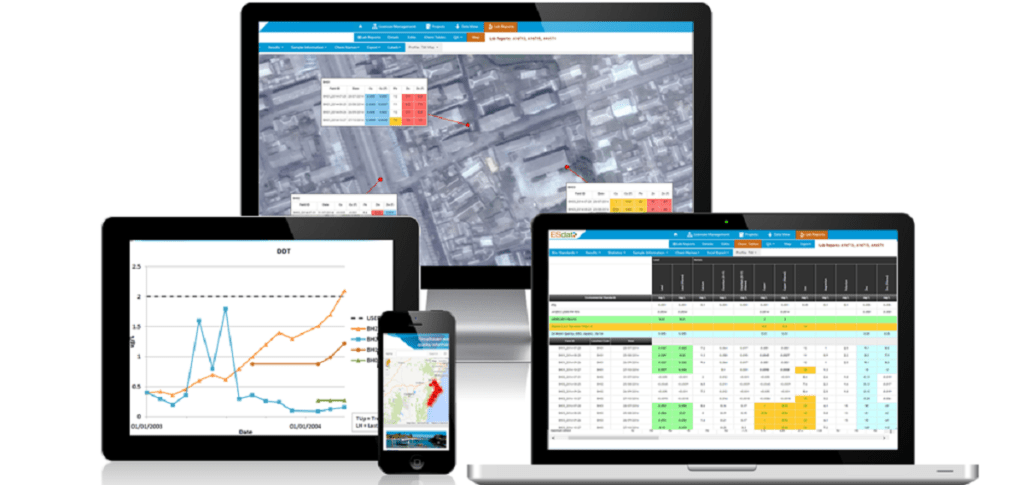Access to safe drinking water is essential as a health and development issue at national, regional and local levels. The World Health Organization (WHO) developed WHO drinking water guidelines to formulate national standards and regulations to enforce water safety and support public health. The WHO conducts revisions on the guidelines and publishes them to incorporate new evidence obtained through research.
The guidelines outline the specific quality parameters applicable for drinking water. The parameters define the acceptable concentration of constituents in drinking water. The 4th edition of the guidelines includes additional risk assessments done for emerging microbial and chemical hazards. Consequently, emerging scientific information on waterborne pathogens and chemicals is included. Additionally, the other chapters, such as that covering radiological aspects, have been reviewed to reflect current desired standards to enforce drinking water safety.
The 4th edition
The 4th edition is the new publication by WHO on guidelines for drinking-water quality. The publication lays an authoritative foundation for setting regulations. The new 4th edition incorporates the first (1983–1984) and second addenda (1993–1997), which were integrated into the third edition (2004). The guidelines present good practices applicable to all countries, whether industrialized, middle-income or low-income.
The WHO Guidelines for drinking-water quality apply to authorities involved with drinking water in one way or another. All the relevant stakeholders benefit from WHO guidelines on drinking-water quality. It includes consumers, suppliers, health institutions, resource management agencies, plumbers, and industries. Governments also utilize these guidelines to formulate and implement policies on drinking water with the primary goal of protecting public health.
The 4th edition considers
• drinking-water safety, including minimum procedures and specific guideline values and how these are intended to be used;
• approaches used in deriving the Guidelines, including guideline values;
• microbial hazards, which continue to be the primary concern in both developing and developed countries. Experience has shown the value of a systematic approach to securing microbial safety. This edition builds on the preventive principles introduced in the third edition on ensuring the microbial safety of drinking water through a multiple-barrier approach, highlighting the importance of source water protection;
• climate change, which results in changing water temperature and rainfall patterns, severe and prolonged drought or increased flooding, and its implications for water quality and water scarcity, recognizing the importance of managing these impacts as part of water management strategies;
• chemical contaminants in drinking water, including information on chemicals not considered previously, such as pesticides used for vector control in drinking water; revisions of existing chemical fact sheets, taking account of new scientific information; and, in some cases, reduced coverage in the Guidelines where new information suggests a lesser priority;
• those key chemicals responsible for large-scale health effects through drinking water exposure, including arsenic, fluoride, lead, nitrate, selenium and uranium, providing guidance on identifying local priorities and on management;
• the critical roles of many different stakeholders in ensuring drinking-water safety. This edition furthers the discussion introduced in the third edition of the roles and responsibilities of key stakeholders in ensuring drinking-water safety;
• guidance in situations other than traditional community supplies or managed utilities, such as rainwater harvesting and other non-piped supplies or dual piped systems.
All compiled environmental guidelines and standards are shown on the ESdat website. These are pre-loaded into ESdat Online.
ESdat is a single repository for storing, analyzing and reporting your environmental investigation and monitoring data. ESdat validates and imports data from laboratories, data loggers, field apps and spreadsheets. Users can filter and view data using the built-in graphing, mapping, tabulation, statistical and report generation tools. Increasing efficiency and confidence in the data are often cited as key benefits by organizations using ESdat.
ESdat Online delivers a highly cost-effective and efficient approach to store your ongoing monitoring environmental data, optionally with a historical data upload provided as a getting started service. ESdat Online is perfect if you want a cloud-based system that collates and reports your ongoing laboratory and field results.
ESdat Server provides the advantages of ESdat Online with the option of adding ESdat Desktop for data experts to upload their historical data, effectively interrogate the raw data being used within the database, and automatically launch and send data to other Desktop Applications such as Surfer, ArcGIS and Excel.
A variety of complementary products are also available to help with related work, such as sample planning and electronic Chain of Custody (LSPECS), offline field data collection or bore logging (pLog), production of bore logs (ESlog), public portals and customized reporting.

Reference
World Health Organization (2017). Guidelines for drinking-water quality, 4th edition, incorporating the 1st addendum. Retrieved from https://www.who.int/publications/i/item/9789241549950
World Health Organization (n.d). Guidelines for drinking-water quality: Fourth Edition. Retrieved from https://www.esdat.net/Environmental%20Standards/WHO/WHO_4th_Edition_Tables.pdf






